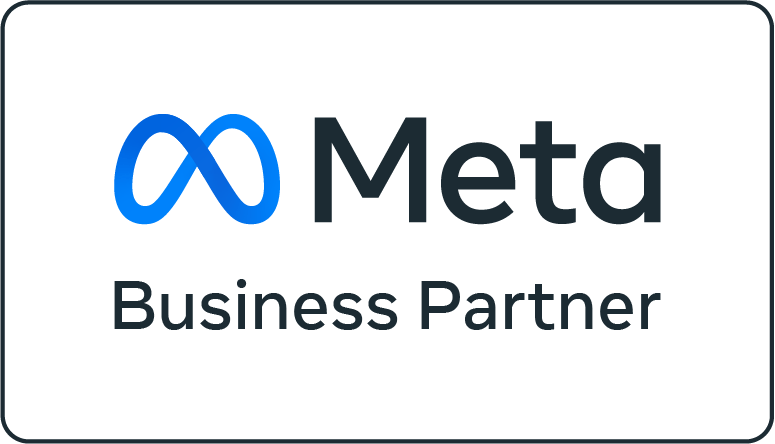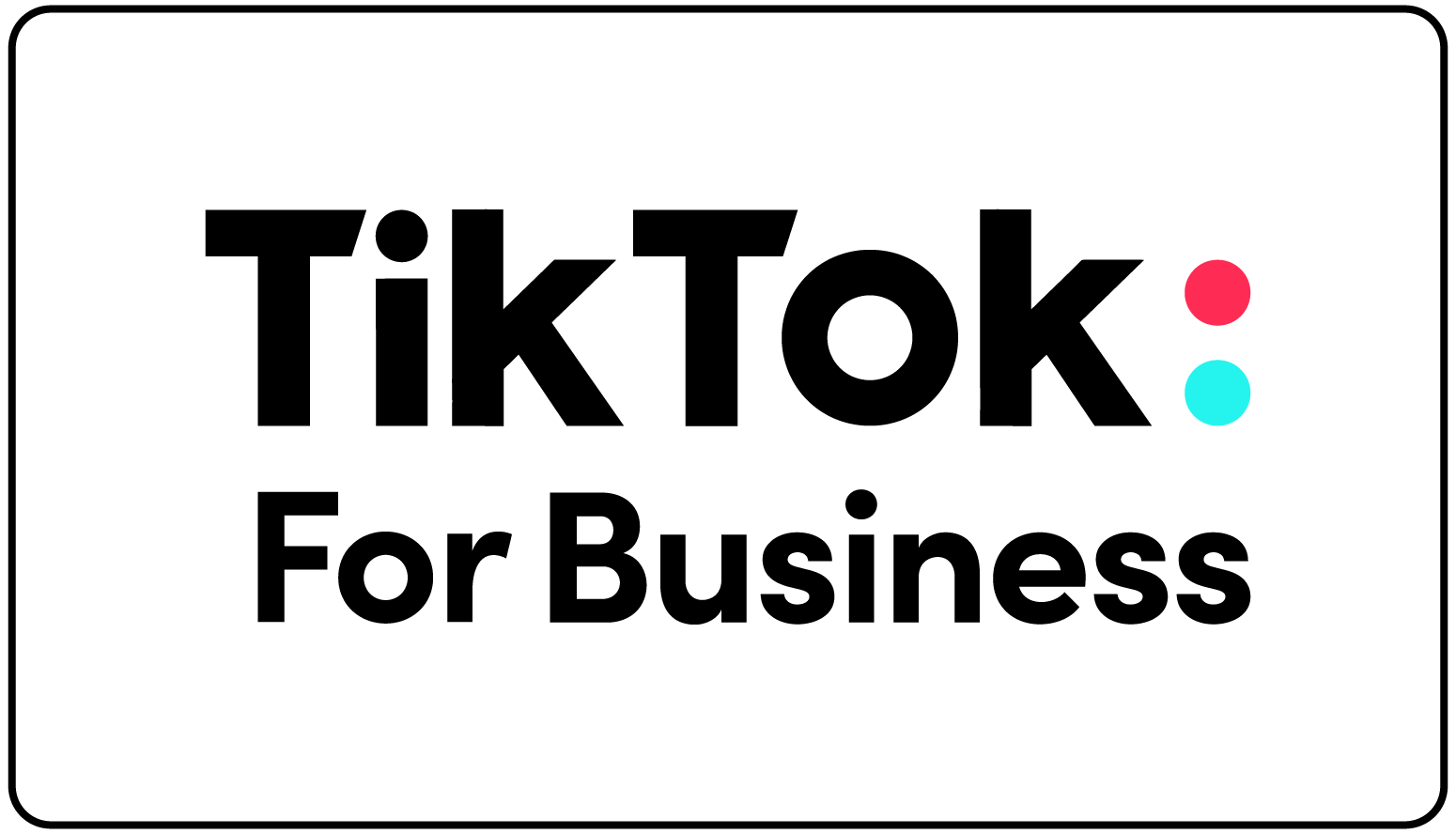by Alecia Wright
“Hey James, what class are you headed to?” I asked my classmate as we bumped into each other on campus. “Data Mining,” he replied. Huh? How does one “mine” for data?
Nowadays, it seems like businesses are all about the DATA. The term “Big Data” has indeed been a buzzword as of late. In today’s business world, it is simply not enough to have a strategy; you need foundational logic and metrics to substantiate business decisions.
As Harvard Business Review writes, data scientists have “the sexiest job of the 21st century.” Why? Data scientists are able to discern meaningful patterns within large databases in the field of computer science. Data science also holds real value in other fields such as science, engineering, government, and business.
A Forbes article stated that 2014 was the “Year of Marketing Analytics” because data allows companies to analyze progress on projects and pinpoints areas for improvement. Companies need to find structure within the data they have, manage it, and find key insights within. Discerning data reveals implications for the products or services a company provides. As a result, companies can use data to boost their marketing performance.
So, what does Big Data mean for marketing agencies? According to Sean Callahan, Sr. Manager of Content Marketing at LinkedIn and co-author of “The Big Data-Driven Business,” data can improve marketing. Through tracking cookies, agencies can unveil insights that create personal customer experiences. As Callahan puts it, Big Data is “the most disruptive business source.” Take, for example, the modern instances of Amazon putting Borders out of business, and Netflix making Blockbuster obsolete. Amazon and Netflix’s success can be attributed to understanding their customers’ data and their respective queues (unique recommendations based on wishlists and watchlists). Thus, businesses can effectively leverage data with a keen customer focus.
Small businesses tend to be intimidated by Big Data concepts. While Data Science is useful to large corporations, it too can benefit even small agencies in order to better understand customers and how campaigns are faring. Here at Matchnode, we prefer to call it “small data” because even a small business with 500 clients provides sufficient data for analysis.
Small agencies must wisely allocate their resources investing their time and money in technological analysis platforms. According to Business News Daily, given the numerous technologies available, small agencies must strategically adopt technology that will both positively affect their business practices and maximize efficiency.
Here are 5 ways marketing agencies can leverage data science for small businesses:
1. Track Campaign Results – Google Analytics
This seems like an obvious choice given it is a free software to gather data and monitor traffic on your website. Google Analytics tracks and analyzes consumer behavior, such as where traffic originates and how long customers stay on their site. Additionally, Google Analytics proves to be instrumental with social media campaigns such as on Facebook. While very many of our client’s websites have GA implemented when we first start with them, having it installed correctly is rare indeed.
Given that the majority of social media usage originates on-the-go, this brings me to the next point: Google Analytics can also analyze social media traffic on mobile devices.
2. Mobile Analytics
It goes without saying that the digital realm is booming: in this age of smartphones and tablets, digital marketing has become more important than ever. In fact, marketers can look at clients’ analytics on their train rides home from work, as Google Analytics is optimized for mobile. In this same vein, Google Analytics can track and monitor purchases made via mobile by customers, either on a mobile responsive web page or with a separate GA install on a iOS or Android app.
3. For a designated central customer data warehouse – KISSmetrics
Small digital marketing agencies need a space to organize their client’s customer data. Here at Matchnode, we use the aforementioned Google Analytics as well as Kissmetrics to link data points to unique customer usage. Google Analytics shows the WHAT of data, whereas Kissmetrics shows the WHO.
For our client Harvest (HVST.com), Kissmetrics pulls up email addresses and sorts individual user activity. For example, we can see that Harvest’s website had 20,000 visitors last month, went to X many pages on this day, stayed on for this long, and had X number of conversions.
Nowadays, focusing on new customer conversions is not enough: marketers must also address abandoned carts and return buyers’ behavior. At which stage do customers abandon a cart? How soon after an initial purchase do return buyers purchase again? To further this point, Kissmetrics shows us cohort reports for our client Look Human. Analyzing shopping cart funnels is helpful to see via which channels affiliate traffic originates: direct, referral, organic, social, etc. Seeing the breakdown can help us refine our strategy as to how to build our affiliate platform.
4. Surveys – Use Data to understand customers
Everyone talks about data, but the bigger picture is that human insight must be pulled from it. In this way, small businesses can understand their customers and consequently align insights with their business strategy. As marketers, you cannot merely look at the data but must also ask questions about data. This is a time-consuming but valuable process. A New York Times article “How Not to Drown in Numbers” states, the key question to ask is not “What did I measure?” but “What did I miss?” Data needs to be contextualized – otherwise you can drown in numbers.
In accordance with this idea, surveys provide insights into behaviors, not just metrics. Facebook, for example, sees the data of likes and clicks but contextualizes these behaviors by asking “Do you want to see this post in your News Feed?”
For small businesses, a statistical analysis software called Qualtrics allows businesses to conduct studies and surveys about their customer. Qualtrics offers insights into customers, markets, and employees such as market research, customer satisfaction and loyalty, and website feedback.
Statistical analysis is a pivotal component of data science for businesses large and small alike.
5. Excel Functions for Marketers
Excel is another essential tool for marketers. For our New Balance Chicago campaign to drive purchases in store, we used Excel to organize and list 30,000 email addresses by zip code. Then, we could target zip codes with more than 50 customers. Excel makes this data organization quick and simple.
Further, an article by Search Engine Land “5 Excel Skills Every Marketer Should Know” lists Table Formatting, Charting, Pivot Tables, Functions, and Advanced Filters as useful tools. You can find a more in-depth explanation here.
In conclusion, Big Data can seem overwhelming. However, data can be made into small, understandable pieces. It is easy to become lost in the numbers, but tools listed above can help contextualize the data. Small marketing agencies can use data to understand their campaigns and customers by sharpening their skills and familiarizing themselves with the data science basics.

